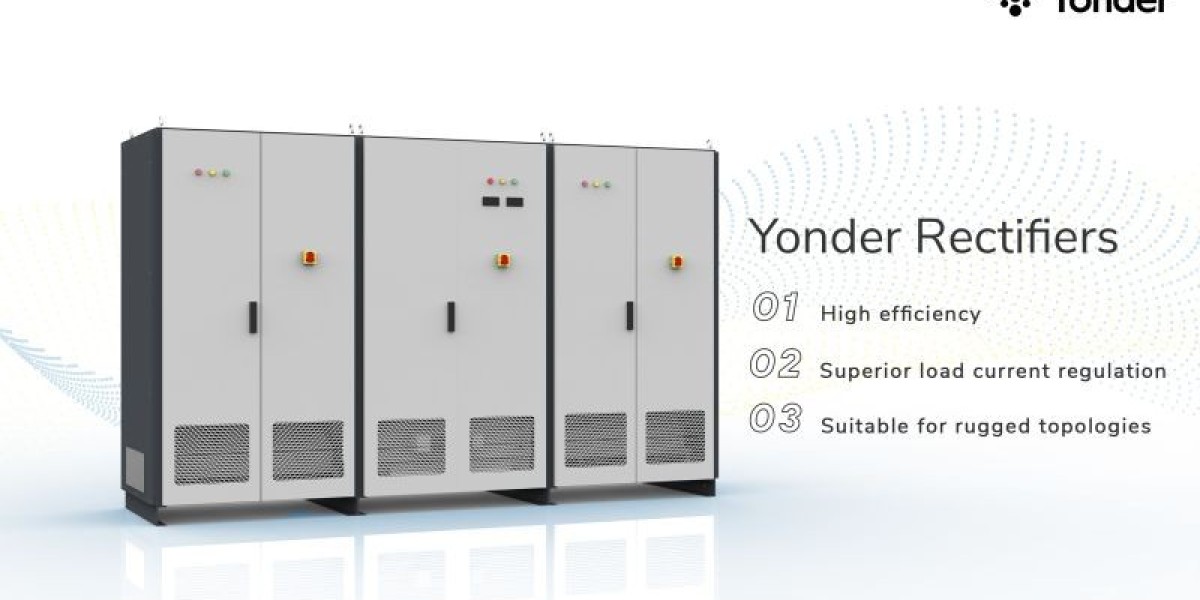Thyristor rectifiers are pivotal in the realm of power electronics, providing crucial capabilities for converting alternating current (AC) to direct current (DC). These devices, integral to many industrial and commercial applications, harness the unique properties of thyristors to deliver efficient and controlled power conversion. This article explores the core concepts, advantages, and applications of thyristor rectifiers, offering a comprehensive understanding of their role in modern power systems.
What is a Thyristor Rectifier?
A thyristor rectifier is a type of rectifier circuit that utilizes thyristors—semiconductor devices known for their ability to handle high voltages and currents. Unlike traditional diodes, thyristors can be controlled and turned on or off by applying a gate signal, which allows for precise regulation of power.
How Thyristor Rectifiers Work
- AC Input: The thyristor rectifier receives an alternating current input, which alternates between positive and negative phases.
- Thyristor Operation: A thyristor is a four-layer, three-junction device with four terminals: anode, cathode, gate, and a small gate terminal for triggering. During the positive half-cycle of the AC input, the thyristor can be triggered into conduction by a gate pulse. Once triggered, it remains in the conducting state until the AC input goes through a zero-crossing point.
- Rectification: As the AC input varies, the thyristors alternate between conducting and blocking states, effectively converting the AC into a pulsating DC output. The output DC voltage is controlled by adjusting the firing angle of the thyristors, which determines when during each cycle the thyristor will conduct.
- Controlled Firing: The timing of the gate pulses—referred to as the firing angle—is crucial. By varying this angle, the average DC output voltage can be controlled, allowing for dynamic power regulation.
Benefits of Thyristor Rectifiers
Thyristor rectifiers offer several significant advantages:
- High Power Handling: Thyristors are designed to handle high voltages and currents, making them suitable for demanding applications.
- Precise Control: The ability to control the firing angle allows for precise adjustment of the DC output voltage, which is essential for applications requiring variable power.
- Efficiency: Thyristor rectifiers provide efficient power conversion with minimal energy losses, improving overall system performance.
- Durability: Thyristors are robust and reliable, capable of withstanding harsh operational environments and high power levels.
Applications of Thyristor Rectifiers
Thyristor rectifiers find applications across various sectors:
- Industrial Motor Drives: Thyristor rectifiers are used to control the speed and torque of electric motors in industrial settings, enabling precise motor control.
- HVDC Transmission Systems: In high-voltage direct current (HVDC) systems, thyristor rectifiers convert AC power into DC for long-distance transmission, reducing losses and improving efficiency.
- Power Supplies: Thyristor rectifiers are employed in power supply units to convert AC from the grid into stable DC for electronic devices and systems.
- Battery Charging: They are used in battery chargers to regulate the charging current, ensuring efficient and safe charging of batteries.
- Welding Equipment: Thyristor rectifiers provide the controlled DC necessary for electric arc welding, ensuring consistent welding quality and performance.
Challenges and Considerations
Despite their advantages, thyristor rectifiers present certain challenges:
- Complex Control Systems: The precise control of firing angles and synchronization with the AC supply can be complex and requires sophisticated control circuitry.
- Thermal Management: High-power applications can generate significant heat, necessitating effective cooling and thermal management to maintain reliable operation.
- Harmonic Distortion: Thyristor rectifiers can introduce harmonic distortions into the power system, which may require additional filtering to mitigate.
Conclusion
Thyristor rectifiers are crucial components in modern power systems, offering efficient and controlled conversion of AC to DC. Their ability to handle high power levels, coupled with precise control capabilities, makes them invaluable in industrial motor drives, HVDC systems, power supplies, and more. As technology advances, ongoing improvements in thyristor rectifiers are likely to enhance their efficiency and applicability, solidifying their role in the future of power electronics.



